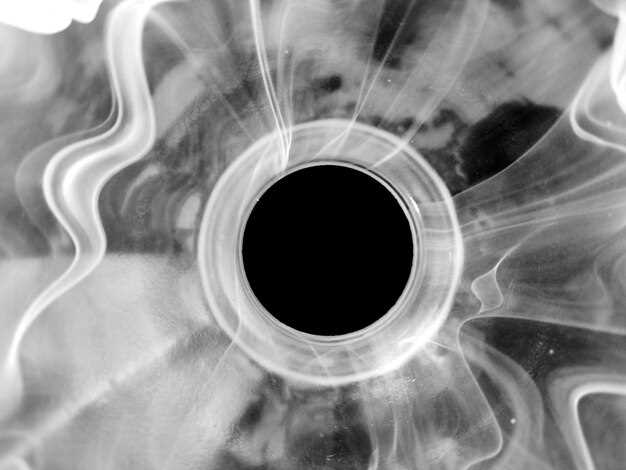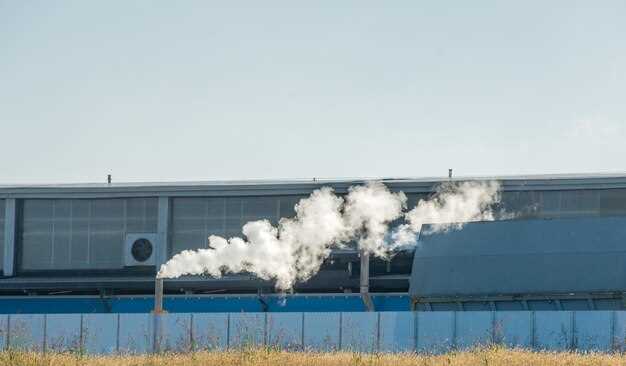

Experiencing white smoke emanating from a diesel exhaust system can raise concerns for vehicle owners and operators. This phenomenon is not just an aesthetic issue; it can indicate underlying mechanical problems that require immediate attention. Understanding the causes and implications of white smoke is crucial for effective troubleshooting and ensuring the longevity of your diesel engine.
In many cases, white exhaust smoke signals incomplete combustion, often due to excessive fuel being injected into the combustion chamber. Factors such as faulty injectors, low engine temperature, or even issues related to the turbocharger can contribute to this issue. Identifying the root cause is essential to prevent further damage and maintain optimal engine performance.
Moreover, it is important to recognize that while occasional white smoke may occur during initial startup–especially in cold weather–persistent emissions warrant closer examination. By following a systematic approach to diagnostics, you can pinpoint the source of the problem and take corrective measures, ensuring your diesel engine operates smoothly and efficiently.
Identifying Common Causes of White Smoke in Diesel Engines

White smoke from the exhaust of diesel engines is often a sign of underlying issues that need to be addressed. Proper diagnosis is essential for ensuring optimal engine performance. The following are some common causes of white smoke in diesel engines.
- Coolant Leak: One of the most frequent causes of white smoke is coolant entering the combustion chamber. This might occur due to a blown head gasket, a cracked cylinder head, or a damaged engine block. When the coolant burns, it produces white smoke.
- Fuel Problems: Using poor-quality or incorrect fuel can lead to incomplete combustion, producing white smoke. Additionally, a malfunctioning injector may introduce excess fuel into the combustion chamber, causing similar symptoms.
- Cold Start: During cold weather, diesel engines may produce white smoke temporarily until reaching optimal operating temperature. This is usually benign and disappears once the engine warms up.
- Fuel Injection Timing: Incorrect timing of the fuel injection can cause improper combustion. If the fuel is injected too early or too late, it may not burn efficiently, resulting in white smoke.
- Oil Leak: Oil leaking into the combustion chamber can also produce white smoke. This may occur due to worn piston rings or valve seals, leading to oil being burned with the fuel.
Recognizing these causes promptly can help in troubleshooting and repairing diesel engine issues before they escalate into more severe problems. Regular maintenance and inspections are crucial in preventing white smoke from becoming a persistent issue.
Steps to Diagnose and Fix Turbocharger-Related White Smoke

When encountering white smoke from the exhaust of a diesel engine, particularly after turbocharger installation or maintenance, it’s essential to conduct a thorough diagnosis. The first step is to inspect for any signs of oil leakage around the turbocharger, as oil entering the exhaust stream can lead to white smoke. Ensure that all oil seals are intact and that no oil is seeping into the exhaust system.
Next, check the turbocharger’s feed and drain lines for blockages or damage. A blocked drain line can cause oil to accumulate, subsequently burning in the exhaust and producing white smoke. Additionally, examine the wastegate for proper functioning. If it fails to open, it can lead to an overboost situation, affecting combustion and leading to white smoke.
After that, assess the intercooler for oil accumulation. If oil is present, it indicates that the turbocharger may be leaking internally. Remove the intercooler pipes to inspect for oil deposits, and if found, replace the turbocharger as it needs comprehensive service or replacement.
Another important step is to analyze the engine’s coolant system. A blown head gasket or a cracked cylinder head can allow coolant to enter the engine, burning and creating white smoke. Conduct a compression test and check for coolant loss in the system to narrow down this possibility.
Don’t overlook the fuel system either. An improper air-fuel mixture can result in incomplete combustion, leading to excess white smoke in the exhaust. Inspect the fuel injectors and ensure they are functioning correctly. Cleaning or replacing faulty injectors may resolve the smoke issue.
Finally, after conducting checks and repairs, perform a test drive to see if white smoke persists. Monitor engine performance and exhaust output closely. If the problem continues, it may require professional diagnostic tools to assess deeper issues within the turbocharger or engine system.
Preventive Measures to Reduce White Smoke Emissions
To mitigate the occurrence of white smoke from diesel exhaust systems, several preventive measures can be implemented. Regular maintenance is essential; ensure that the engine is serviced according to the manufacturer’s guidelines. This includes timely oil changes, which help maintain optimal engine performance and reduce emissions.
Another crucial aspect is monitoring the fuel quality. Using high-quality diesel fuel with the appropriate specifications can significantly decrease the chances of incomplete combustion, which often results in white smoke. Consider switching to fuel additives designed to improve combustion efficiency and reduce emissions.
Additionally, maintaining an efficient air intake system is vital. Regularly check and replace air filters to ensure that the engine receives the necessary airflow for optimal combustion. Blocked or dirty filters can lead to poor engine performance and increased white smoke production.
Investing in regular diagnostic checks using modern technology can also aid in early detection of potential issues within the engine. This can include checking the injector system for proper functioning, as faulty injectors can lead to excessive fuel delivery, causing white smoke in the exhaust.
Driver behavior plays a significant role as well. Encourage smooth acceleration and deceleration to avoid heavy throttle applications, which can contribute to the production of white smoke. Lastly, ensuring that the vehicle operates at the correct load can prevent overworking the engine, reducing the likelihood of emissions issues.






